Edible plants and flowers in the garden: Benefits and characteristics
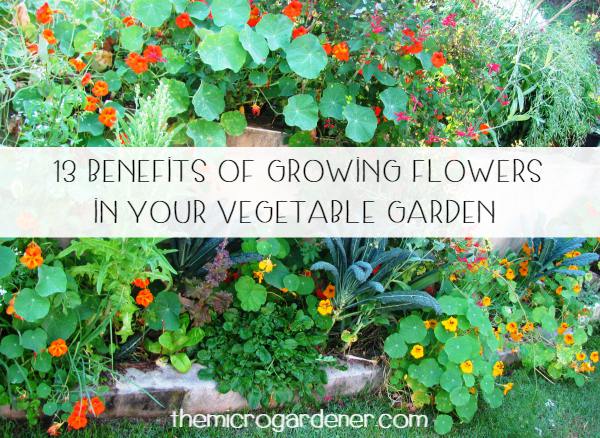
Hello farmers! In today’s article we are going to learn which are the most important edible flowers that we can grow in the garden. We will also see its benefits and characteristics.
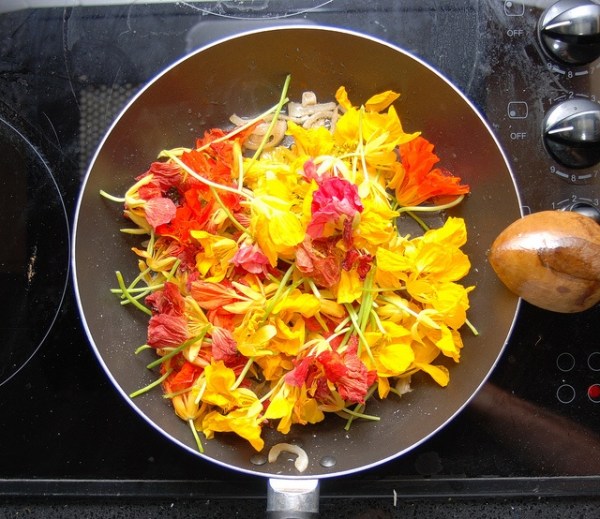
Garden plants and flowers
Initially, orchards were conceived as a source of natural medicine in convents. In them, the plants that were cultivated were species with healing properties such as borage, used as a poultice for inflammation, chamomile, which used as an infusion facilitates digestion and cures insomnia, or lemon balm, which has a calming effect on bites. of insects However, the use that is given today to orchards is different from then and the species that are cultivated are more numerous. With the discovery of the New World, new species were introduced, some of which are the ones that are being cultivated the most in traditional gardens, such as the tomato or the potato.
Due to the large number of species that we currently have, orchards can be very varied. We can grow from the most common vegetables, through legumes, aromatic plants and even ornamental plants suitable for human consumption.
Vegetables
The group of vegetables that are used can be divided according to the part of the plant that is consumed. There are leaf vegetables, fruit, stem and we also find the group of cabbages.
leafy vegetables
Leaf vegetables are lettuce, escarole, endive, lamb’s lettuce, chard. These vegetables grow quickly and without too many demands on their cultivation. A good programming of our garden, can make us enjoy these vegetables throughout the year.
fruit vegetables
In fruit vegetables, as expected, the fruit is consumed and this group includes tomato, pepper, aubergine, strawberry or melon. For urban orchards, the tomatoes that are produced are called “Cherry”. This type of tomato is smaller than the conventional one and this makes it much easier to grow it in this type of garden because it takes up less space. Another of the vegetables that is in greatest demand for this type of orchard is the strawberry.
This is because what we usually buy are strawberries, which do not have the texture, color or flavor that strawberries can have. These are much smaller, with an intense red color and a flavor nothing comparable to that of strawberries.
stem vegetables
Celery or asparagus are stem vegetables. Asparagus can be considered a luxury vegetable, which is why it can be a good option for our garden. Once the plants are established, we can obtain tender and juicy stems for about fifteen years. However, it takes about two years to produce a crop. For the cultivation of this species it is very important to make a good preparation of the land and with a good quality of the soil.
Roots and tubers
Some of the vegetables whose roots and tubers we consume are carrots, potatoes or radishes. As with tomatoes, there is a variety of carrot called «Baby», which is smaller than the conventional carrot and can be a good alternative for gardens with little space.
bulbs
We can also grow bulbs such as onions or garlic. These plants are very hardy and easy to grow. They also provide the garden with an ornamental touch, since the leaves are different in shape, they are ribbon-shaped, contrasting with other more stocky plants. There are a few varieties of Japanese chives that look more lively during the winter months when the garden can seem a bit more drab.
Legumes
In addition to vegetables, we can also put legumes such as green beans, peas or broad beans in our garden. These species are a very important source of vitamins and minerals, which makes them an essential part of the garden. Their cultivation is easy and they do not require too much care. They also provide a vertical element to the garden and a multitude of colors both for their flowers and for their pods.
aromatic plants
Aromatic plants occupy a very important place in urban gardens. Today we want to have fresh condiments at home and the easiest and healthiest way to have them is to grow them in our own garden. These plants do not require large spaces, they can even be kept in pots, making it possible to grow them in any home. In addition, as there are pots made of biodegradable materials, we will have our plants obtained in the most ecological way. Of the aromatic plant species, the ones that stand out the most are parsley, oregano, basil, mint or rosemary. They are also very decorative species and most have medicinal uses. They also serve as a lure for beneficial insects that will help pollinate the rest of the plants in our garden.
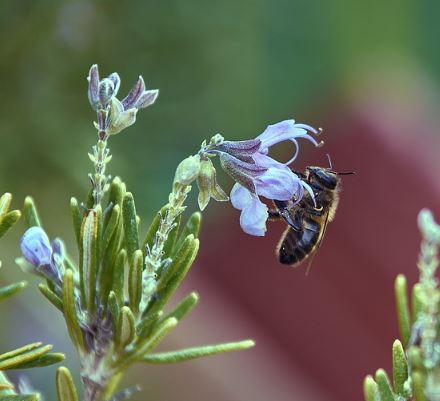
Edible ornamental plants
As we have already mentioned, today the orchard does not have the same purposes as the first orchards that existed in the convents, nor are the same plants grown. The orchards are conceived for something more than traditional food, they are used as decorative elements and as a source of innovation within the kitchen. This is why edible ornamental plants are grown.
These types of plants are no longer used simply as decoration in the kitchen, they are also used as ingredients, especially in salads. The edible flowers are from plants such as violets, nasturtiums, calendula, carnations, elderberry, roses or sunflowers. In the case of violets, both the leaves and flowers are eaten raw, and the caramelized petals are often used for cake decoration.

Nasturtiums have a pleasant spicy taste and are used in salads and tortillas. Carnations are great in infused oil or vinegar and can also be caramelized to decorate cakes or puddings. Caramelized rose petals are widely used as decoration in pastries, however they can also be used in jams, jellies, honey or in vinegar infusion.
The orchards provide us with a wide variety of excellent quality foods, as well as providing us with personal satisfaction since we eat what we have cared for with our own hands. If we want to have a garden at home and we do not have much space for it, we can plant a couple of aromatic plants such as parsley and basil, which always come in handy to season any dish, a tomato plant and some lettuce to have very tasty and healthy salads. and some violet plants to adorn those salads when there are visitors to surprise… Bon appetit!

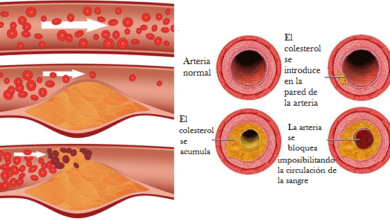
![Photo of Ficus Carica Care: [Earth, Strengthening, Humidity and Pruning]](https://www.complete-gardening.com/wp-content/uploads/2022/08/ficus-carica-care-earth-strengthening-humidity-and-pruning-390x220.jpg)
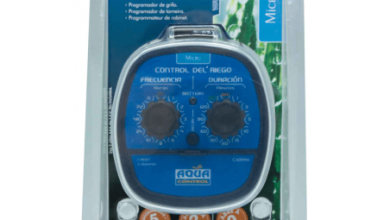
![Photo of Plant Cauliflower: [12 Steps] + Complete Guide](https://www.complete-gardening.com/wp-content/uploads/2022/08/plant-cauliflower-12-steps-complete-guide-390x220.jpg)